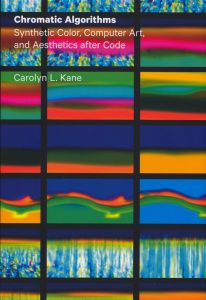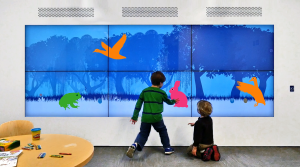A piece called Sunflowers made in 2013 by Rob and Nick Carter made an impression (sorry for the pun) on me. The work is a 3D replication of Vincent Van Gogh’s painting of the same name. The duo recreated the painting by translating the 2D brushstrokes into 360 degree perspective. They then used 3D printing to cast the sculpture in bronze. I admire the work because of the way it brings Van Gogh’s painting to life. It is a precise piece that displays the signature way in which Van Gogh painted. The movement and energy of his brushstrokes is seen in the sculpture. The algorithms for the base of the sculpture were not that refined. The great detail came in with the use of zbrush.

![[OLD FALL 2017] 15-104 • Introduction to Computing for Creative Practice](../../../../wp-content/uploads/2020/08/stop-banner.png)

